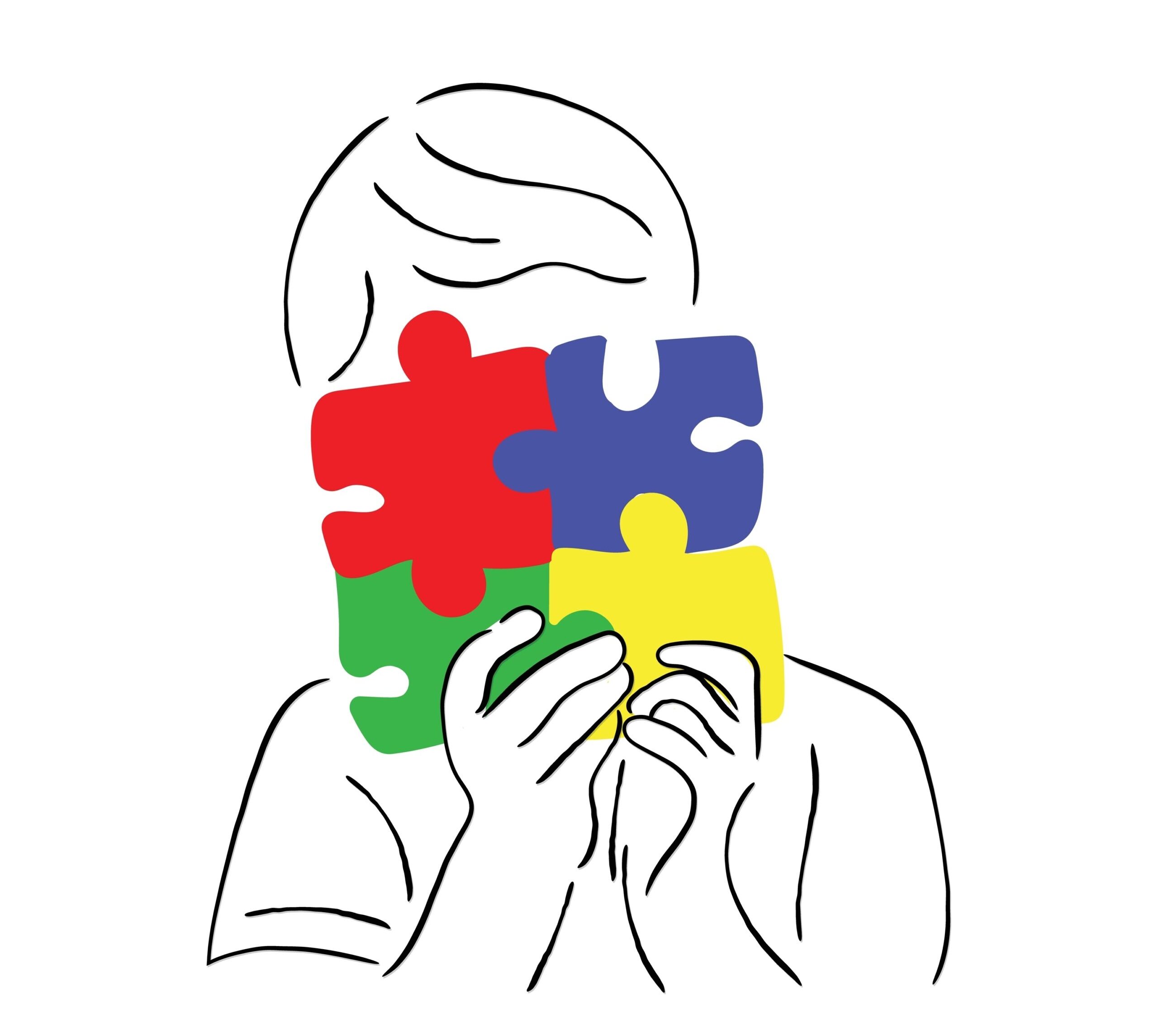
Blog
Insights into Choosing the Right Sensory Toys for ADHD
Author: DrSensory
July 9, 2024
Insights into Choosing the Right Sensory Toys for ADHD
Children with Attention-deficit/hyperactivity disorder (ADHD) and Autism Spectrum Disorders (ASD) face difficulties in regulating their emotions and sensory input from the environment. These make them vulnerable to sensory overload, causing emotional outbursts or withdrawal. In these situations, sensory toys can provide an outlet for them to regulate their senses and emotions, leading to enhanced focus and reduced anxiety. In this blog post, we’ll explore the importance of sensory toys for children with ADHD and ASD and how to choose the right ones.
According to Autism Speaks, sensory toys are items or gadgets that provide input to any of the five senses (sight, touch, taste, smell, and hearing) in a controlled and stimulating way. So, for children with sensory processing issues, the right combination of sensory toys can be a powerful tool in providing them with much-needed sensory input and therefore helping regulate their emotions. The toys can come in a wide range of shapes, sizes, colors, and textures, to name a few.
Sensory toys can be categorized by the type of input they provide. Tactile toys help children with tactile sensitivity to explore different textures and shapes, improving sensory processing and motor skills. Examples of tactile toys include squishy balls, putty, sand, and fidget spinners.
Another type of sensory toys is visual toys, which provide a safe and appealing sensory environment for children with ADHD and ASD who have visual processing issues. The best visual toys have lights and movement patterns that captivate the attention of the child. Examples include glitter-filled balls, light tubes, and LED light sticks.
Auditory toys, like noise-canceling headphones and calming music, can help children with sensory overload. These toys provide a calming effect, reducing anxiety, and helping them to focus. According to research, listening to music increases the release of dopamine in the brain. Dopamine is a neurotransmitter that plays a roll in the feeling of pleasure, learning, concentration, mood, and motivation.
As mentioned earlier, sensory toys can provide a lot of benefits for children with ADHD and ASD when used appropriately. However, not all toys are suitable for all children. So, how do you choose the right sensory toy for your child? First, consider your child’s specific sensory needs. For example, if your child has a problem with tactile sensitivity, a vibrating pillow or textured toys may be helpful.
The age and development level of your child also matter. Younger children may prefer soft and squishy toys, while older children may require a more complex and challenging toy, like a Rubik’s cube. For children who have a tendency to put things in their mouths, make sure the sensory toy is not a choking hazard.
Another aspect to consider when selecting sensory toys is the durability and safety of the toy. Some toys are made of materials that can easily break, while others may have sharp edges that can cause harm to the child. Ensure that you are choosing toys made of non-toxic materials that are durable and safe for your child.
Moreover, if your child has a specific interest, such as animals or space, you can choose sensory toys that incorporate and support that interest. This could be through animal-themed stress balls or space-themed sensory kits, providing the child with an experience tailored to their interest. Keep in mind, if you as the parent/caregiver do not have the ability or time to assist, opt out of purchasing a toy that requires adult supervision/assistance.
In conclusion, sensory toys play a vital role in providing children with ADHD and ASD much-needed sensory input to regulate their emotions and behavior. However, selecting the appropriate toy for your child is crucial to ensure maximum benefits. Consider your child’s sensory needs, age, and development level, interests, and safety requirements when selecting a sensory toy. With the right sensory toy, you can help your child overcome sensory challenges, reduce anxiety, and enhance focus.
Sensory Diet Activities for Kids with Autism or ADHD
Your child is constantly moving, crashing into furniture, or having meltdowns in response to seemingly minor things like a loud
What Is Sensory Processing Disorder in Toddlers?
Your toddler refuses to wear certain clothes, has huge meltdowns in noisy places, or is an extremely picky eater, limited
Is It Autism or Auditory Processing Disorder?
Your child seems to miss verbal instructions, struggles to follow conversations in noisy environments, and often asks "what?" even when
Autism and Ehlers-Danlos Syndrome: What’s the Connection?
On the surface, autism and Ehlers-Danlos syndrome (EDS) might seem like two entirely unrelated conditions. One is a neurodevelopmental condition
Migraine or Sensory Overload? How to Tell the Difference
The intense head pain begins, lights feel blindingly bright, and every sound seems amplified to an unbearable level. You retreat
How Does Sensory Integration Therapy Work?
You watch your child struggle with things that seem to come so easily to other kids. Maybe they have meltdowns
Executive Function Disorder Strategies for Middle Schoolers
The jump to middle school is a significant academic and social leap. Suddenly, students are juggling multiple teachers, changing classes,
ADHD vs. Sensory Processing Disorder: Key Differences
Your child is constantly in motion, has trouble focusing on homework, and often experiences big emotional meltdowns. Is it ADHD?
TMJ Pain Relief: Physical Therapy Exercises That Help
The persistent ache in your jaw, the clicking or popping sound when you chew, and the recurring headaches can be
Sensory Processing and Sleep Problems in Autism
The house is finally quiet, but you know the night is far from over. For many parents of children with
related blogs
Your child is constantly moving, crashing into furniture, or having meltdowns in response to seemingly minor things like a loud
Your toddler refuses to wear certain clothes, has huge meltdowns in noisy places, or is an extremely picky eater, limited
Your child seems to miss verbal instructions, struggles to follow conversations in noisy environments, and often asks "what?" even when
On the surface, autism and Ehlers-Danlos syndrome (EDS) might seem like two entirely unrelated conditions. One is a neurodevelopmental condition
The intense head pain begins, lights feel blindingly bright, and every sound seems amplified to an unbearable level. You retreat























































































